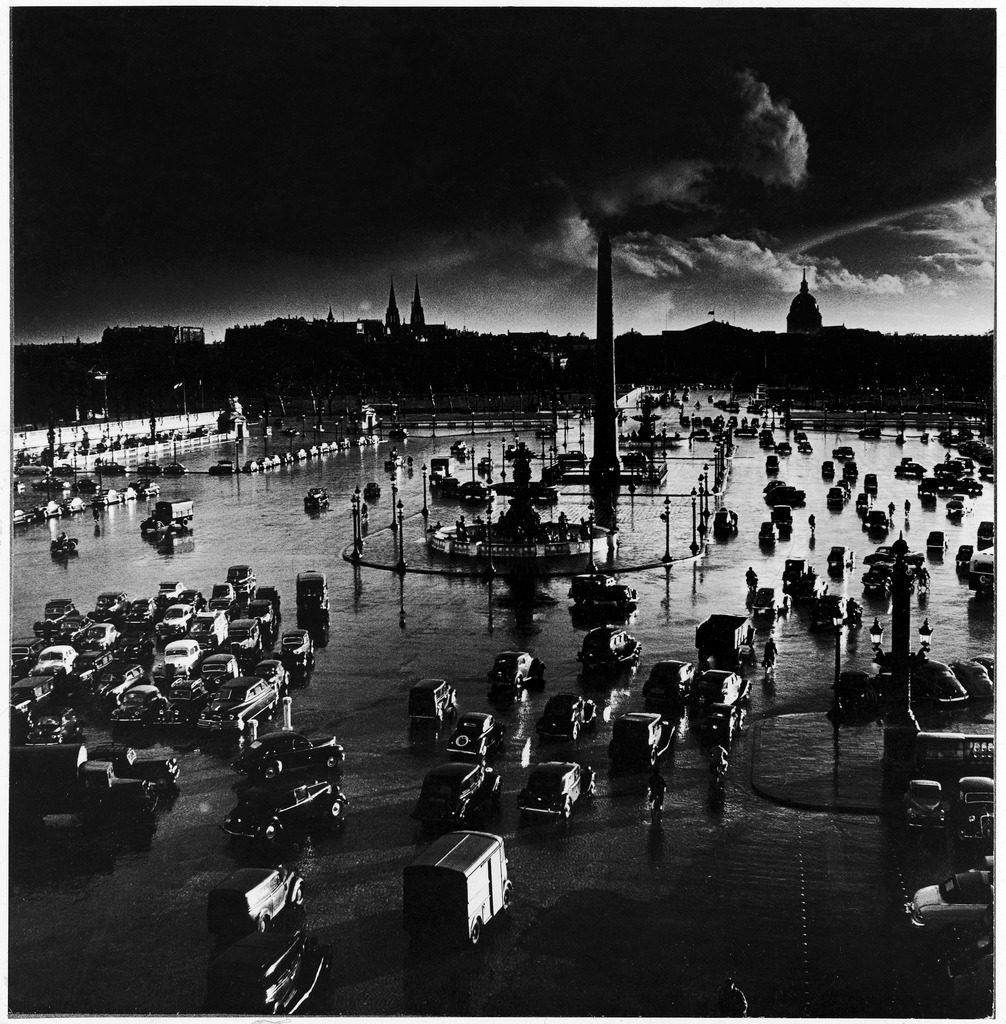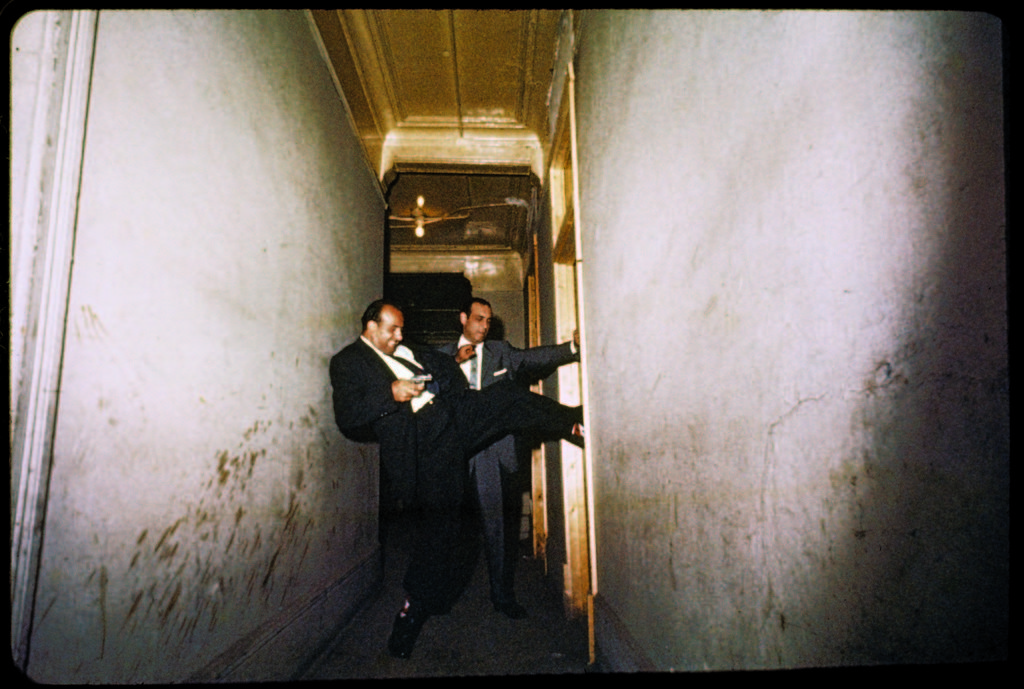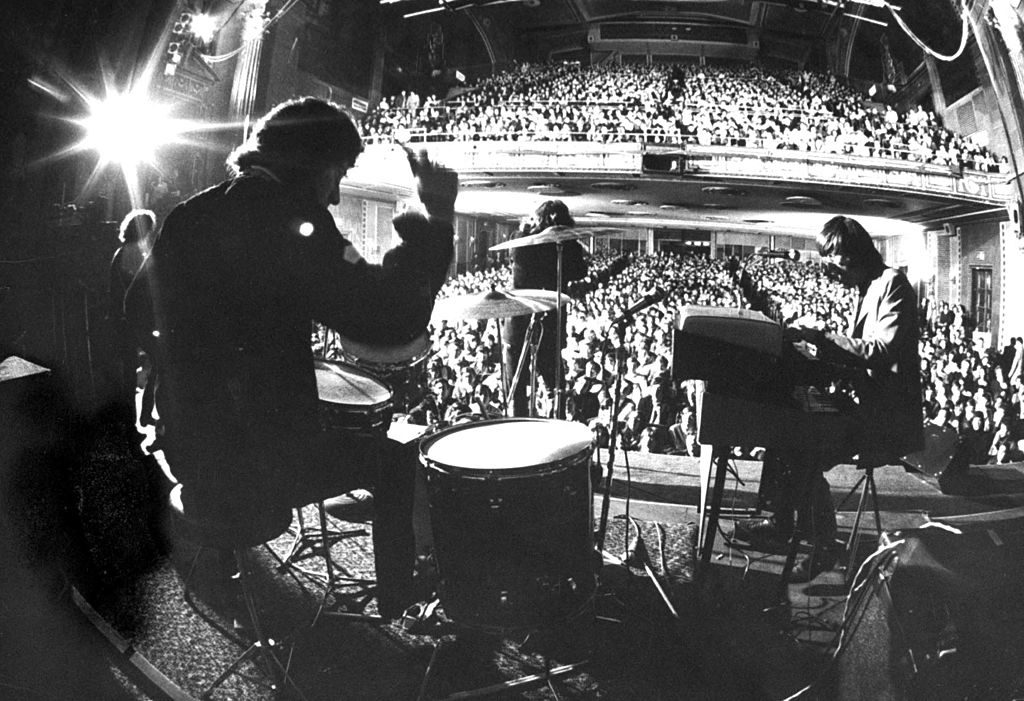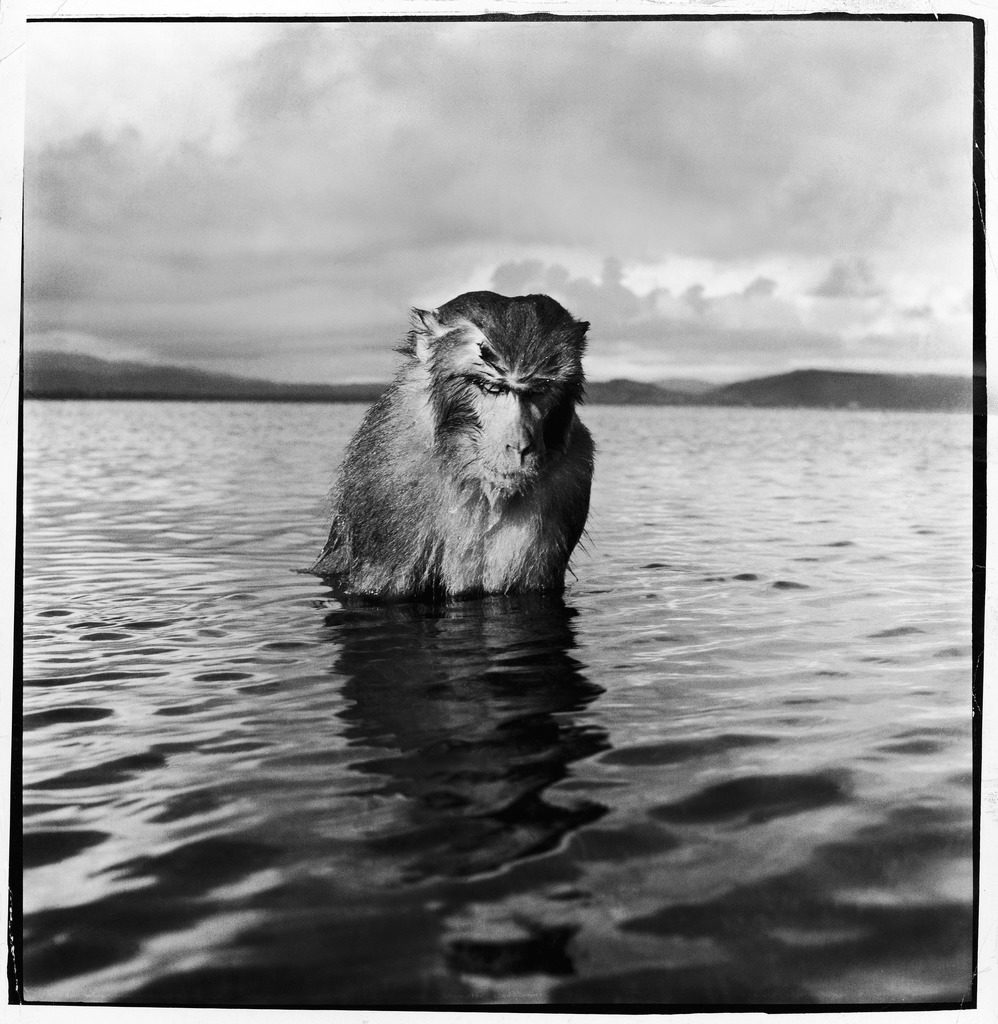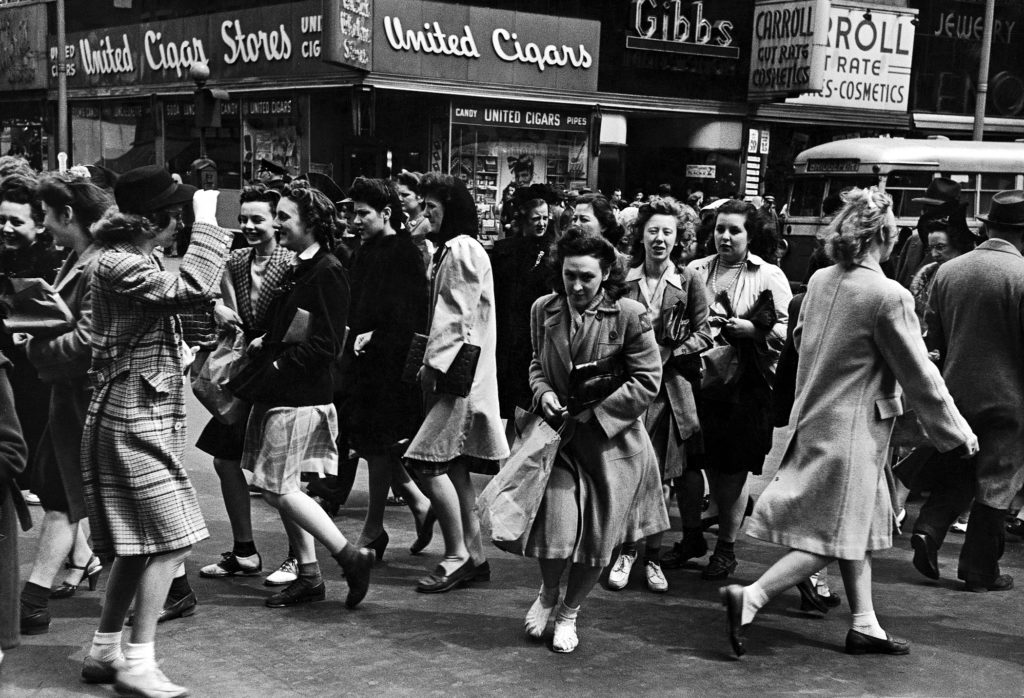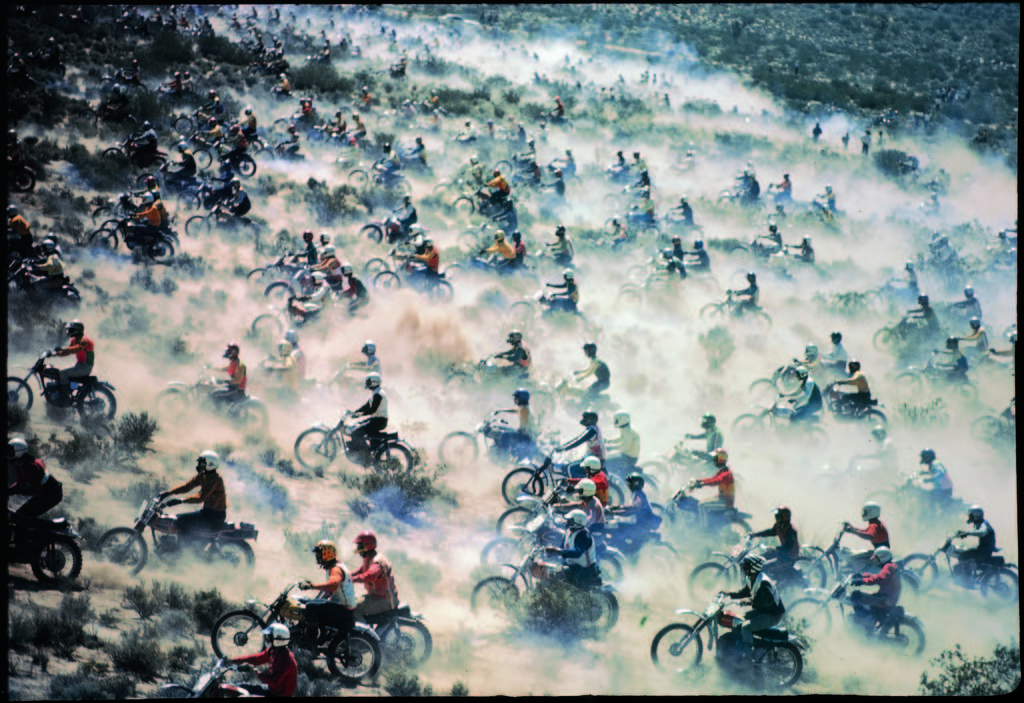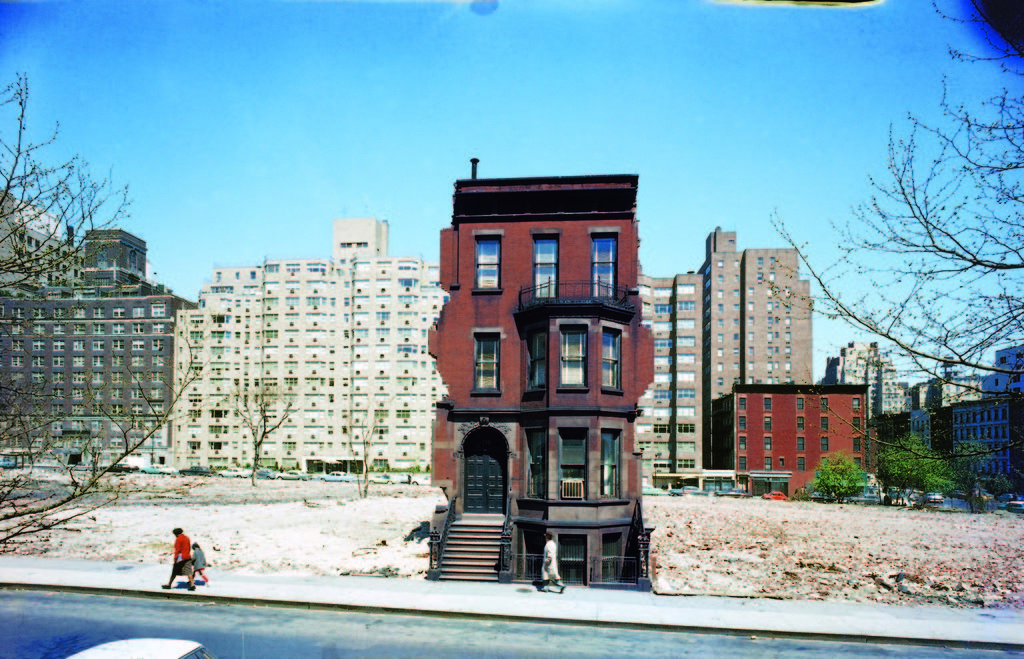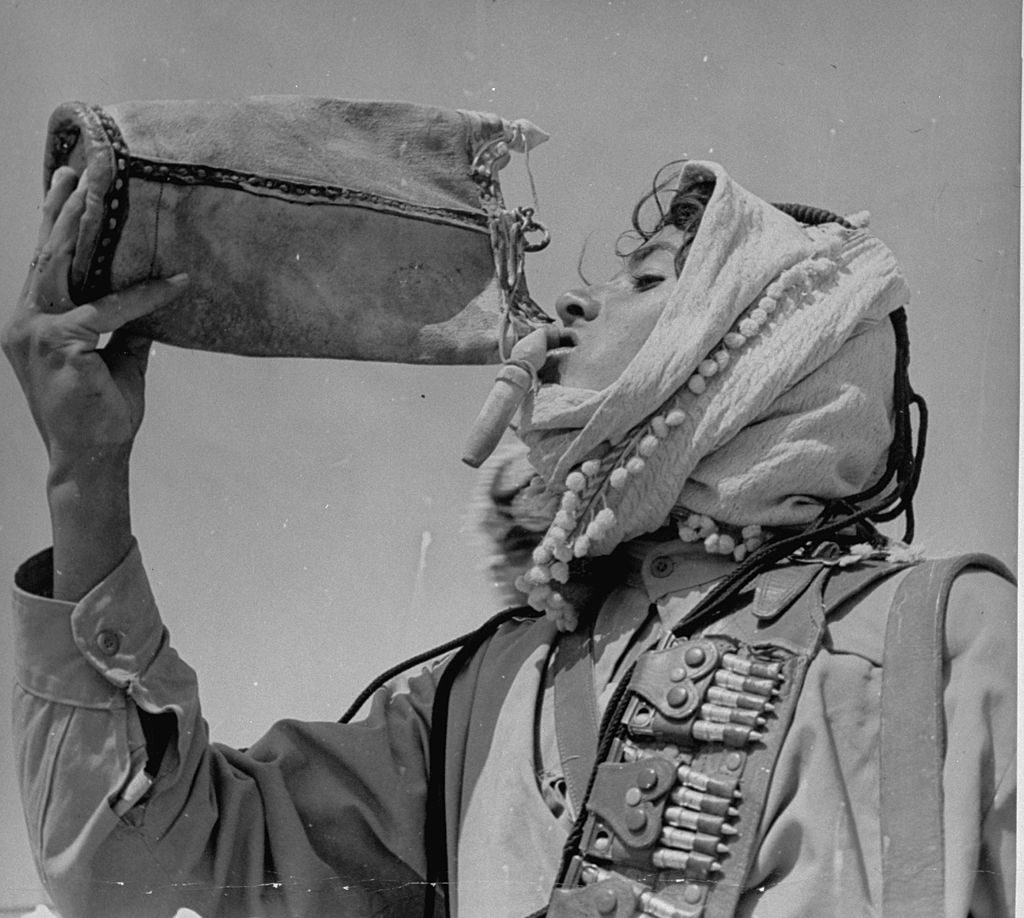
Portrait of Gordon Parks. (Photo by Alfred Eisenstaedt/The LIFE Picture Collection © Meredith Corporation)
There is something mighty inside a man that takes him from being the youngest of 15 children raised in Kansas poverty, something that lets him clear the cruel hurdles implanted by a racist society, something that permits not merely survival, but mastery of all that he embraced. A poet, and a pianist, a classical music composer, and one very at home with the blues, which permitted him to make the fine biopic called Leadbelly, a nice partner to his ceaselessly hip Shaft, and a journalist, a novelist, and a man with enough life that even three autobiographies cannot contain the whole, a painter of oils and watercolors, and a photographer of street gangs and Paris boulevards, of fashion extravaganzas and mean Rio streets, and, most of all, a man who will not yield to intimidation. It is not simply that he was the first black man to do all these things, but that he was the only man to do all these things.

African American cleaning woman Ella Watson standing with a broom and a mop in front of an American flag. A reinterpretation of Grant Wood’s “American Gothic” painting by photographer Gordon Parks as part of Depression era survey for Farm Security Administration. (Photo by Gordon Parks/The LIFE Picture Collection © Meredith Corporation)
Parks had moved his family to Washington, D.C., in 1942 after joining the Farm Security Administration, and was stung by the racial schism that beset the agency and the nation’s capital in general. Ella Watson was a janitor there. After a long day riddled with bigotry, Parks began talking to her. “She told me about how her father had been lynched. How her daughter died at childbirth. How she was bringing up two kids on a salary fit for half a person.” Suddenly realizing how his camera could be a real weapon against injustice, he produced “my first professional photograph,” and his signature image.
—Adapted from The Great LIFE Photographers

Place de la Concorde. (Photo by Gordon Parks/The LIFE Picture Collection © Meredith Corporation)

Detectives forcing their way into a suspicious room. (Photo by Gordon Parks/The LIFE Picture Collection © Meredith Corporation)

